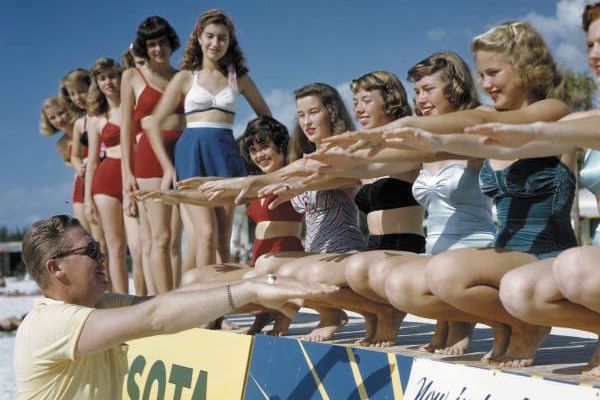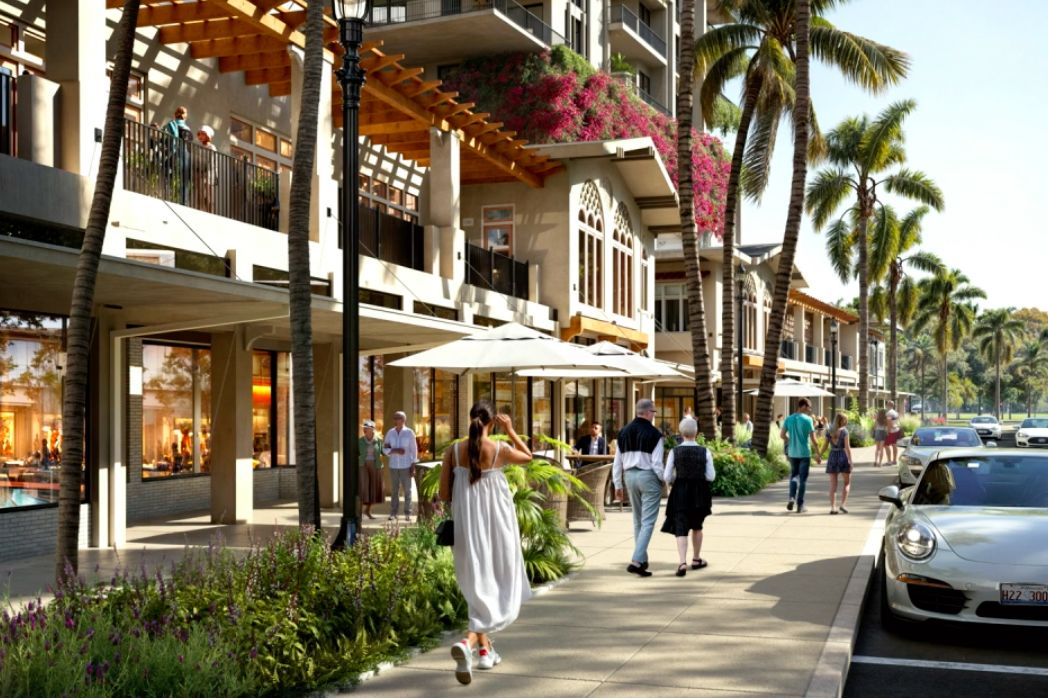Take a Peek at Jarred Wilson's Extensive Collection of Vintage Postcards
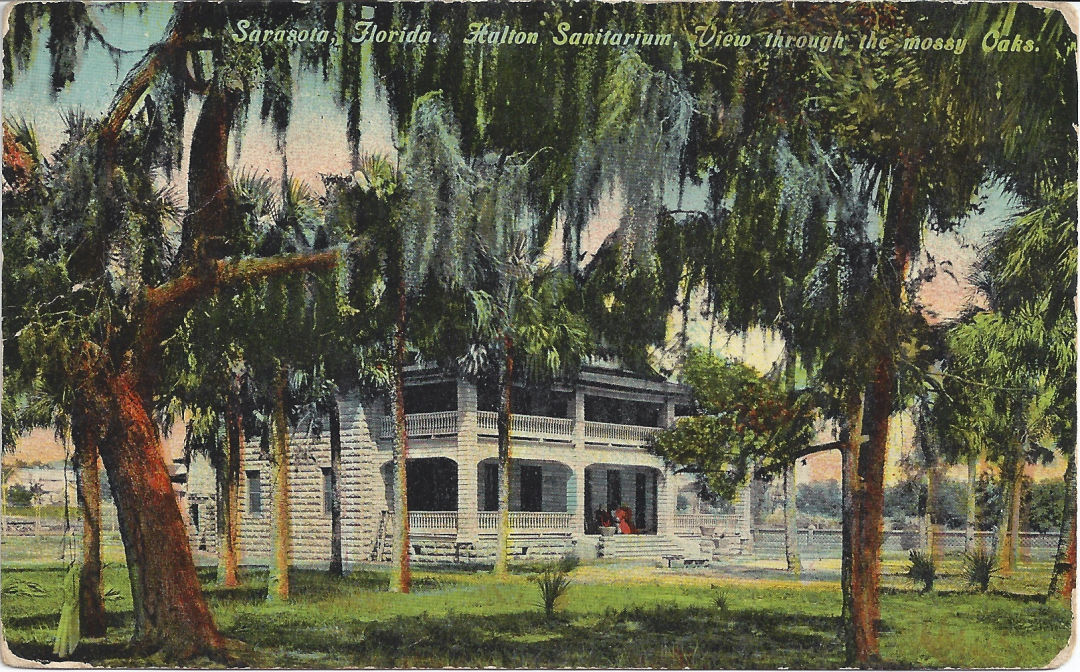
Image: Courtesy Jarred Wilson
When a casual search on eBay in 2013 for collectibles from his recent alma mater, the University of Texas at Austin, turned up a vintage postcard of the campus, “that was it,” says Jarred Wilson.
One postcard buy begat another, and another, until six years later Wilson has amassed a little over a thousand. He says their visually arresting images and affordability make them attractive and accessible to anyone. “Anybody can buy a postcard and send it; anybody can buy a vintage postcard,” he says.
Wilson, who lives and works in Sarasota, grew up in Manatee County, and his stepfather is a fifth generation Sarasotan. He primarily collects postcards with images of Sarasota and Bradenton from the linen era before 1960. (According to Collectors Weekly, linen refers not to the fabric, but to the surface texture of early 20th century postcards. They’re particularly prized for their saturated colors.)
“I get hooked on certain views,” he says. “If it’s a postcard of Manatee Memorial Hospital, I’ll buy it.” Why? “I was born there.”
He hunts them down at postcard shows in Sarasota and in larger Florida markets—Orlando is a particularly fertile place to find them—and if he’s planning travel out of state, he arranges it to coincide with other shows. “The people who coordinate postcards are weird, and the people who deal them are even weirder,” he says. “It’s a neat cast of characters when you go to a show. When somebody finds out what you’re interested in, they get interested in it alongside you.”
But don’t get swept away by the romance and nostalgia, he says; it’s important to recognize that postcards from the early 20th century were primarily purchased and sent by people with the means to travel, “and that isn’t everyone’s reality.”
We asked Wilson to pick five favorite postcards from his vast collection. Here’s what he chose. The commentary is his:
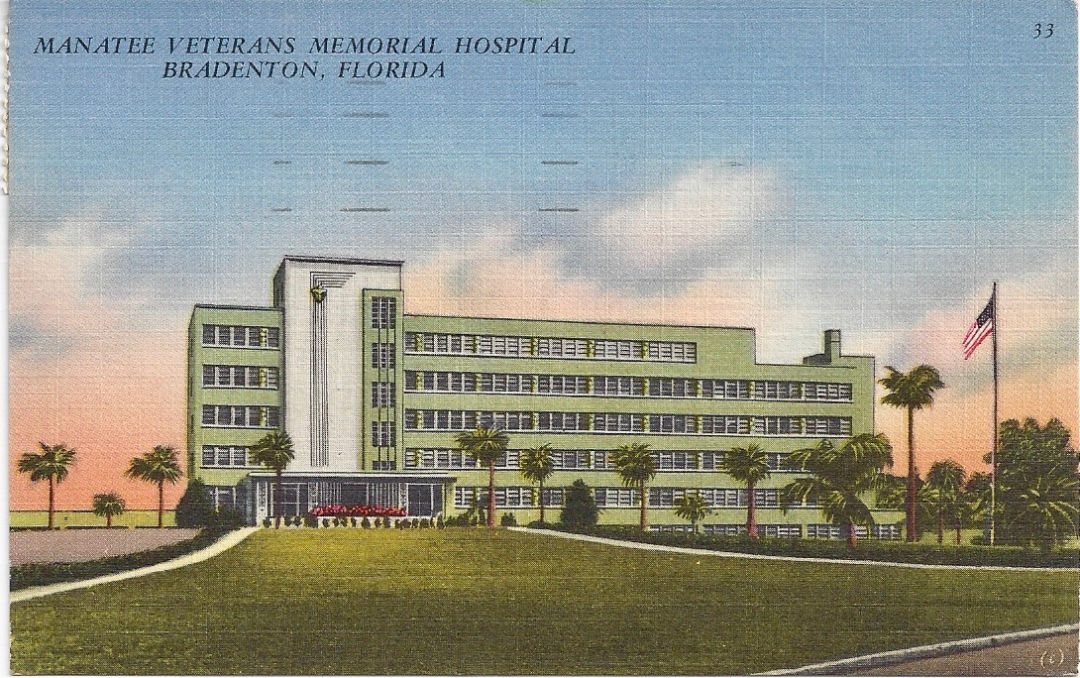
Image: Courtesy Jarred Wilson
Manatee Veterans Memorial Hospital, Bradenton, 1954
"Truly a community effort, Bradenton's new hospital opened in early 1953. It was built through the efforts of hundreds of individual donors, community organizations and city and county support. Besides it being the place I was born, to me it stands as an example of what a community can achieve when it comes together for a common good."

Image: Courtesy Jarred Wilson
Halton Sanitarium, View through the mossy oaks, Sarasota, 1911
"The 1920s would see Sarasota boom and the tourism industry take a firm hold. But before that, places like the Halton Sanitarium, with its picturesque waterfront grounds, served as a draw for winter visitors. A year before this card was sent the Halton Sanitarium was selected to accommodate Chicago socialite Bertha Palmer.
“This is an interesting building that represents a time before the tourism and building boom of the 1920s,” he told us. “It’s the last vestige of quiet coastal tourism.”
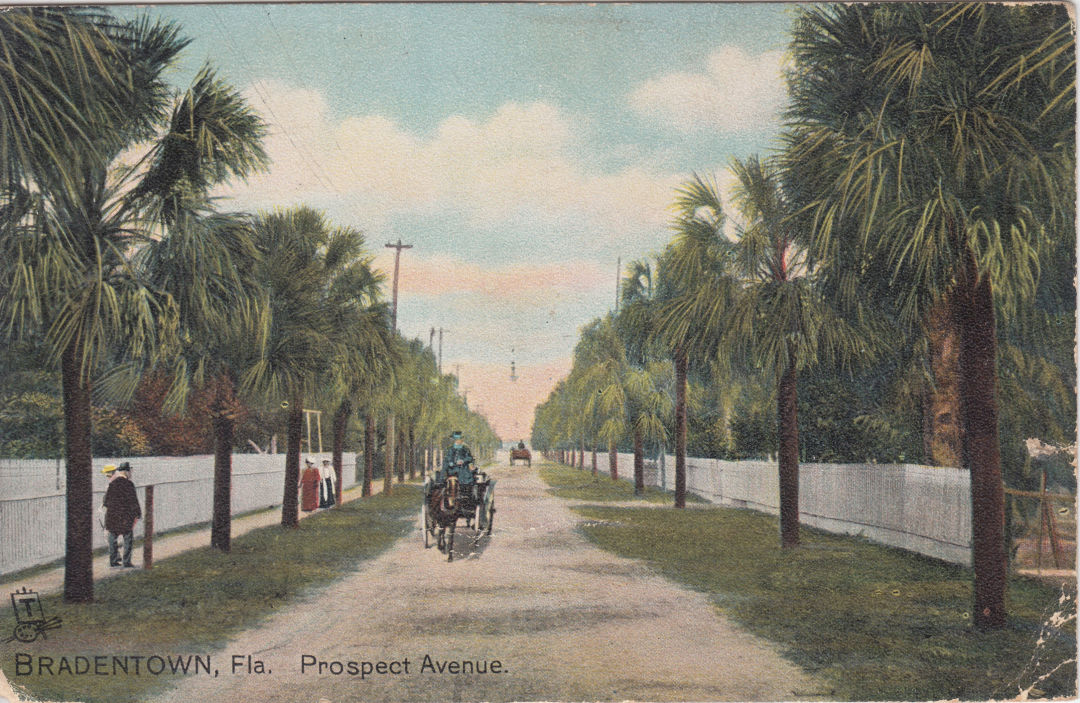
Image: Courtesy Jarred Wilson
Bradentown, Florida, Prospect Avenue, 1910
"Bradentown's Prospect Avenue (now 15th Street), shown here in 1910, was an important thoroughfare in a time when primary access to the town was from the waterfront. Similar views exist through subsequent years, with automobiles slowly replacing horsedrawn carriages.
“This is a card I buy every time I see it.”
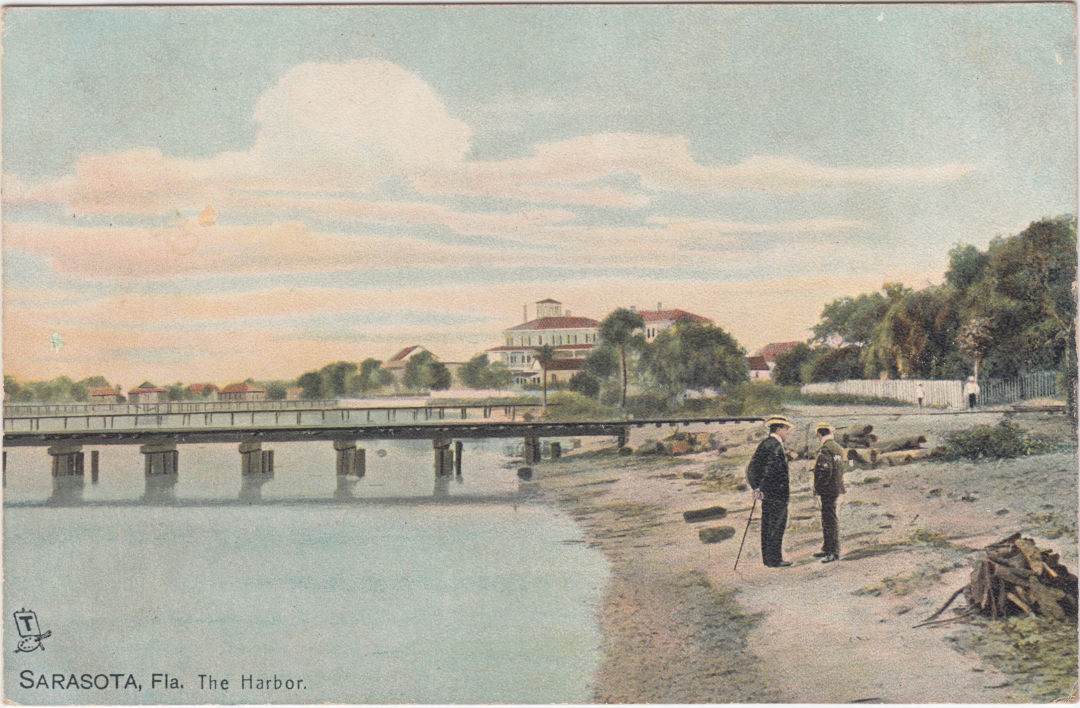
Image: Courtesy Jarred Wilson
Sarasota, The Harbor, 1908
"Tuck's, an English giant in postcard publishing, produced this 1908 view of the shoreline along Sarasota Bay. Depicted is the foot of Strawberry Avenue with the railroad trestle extending into the water.
“Something about that view is enchanting.”
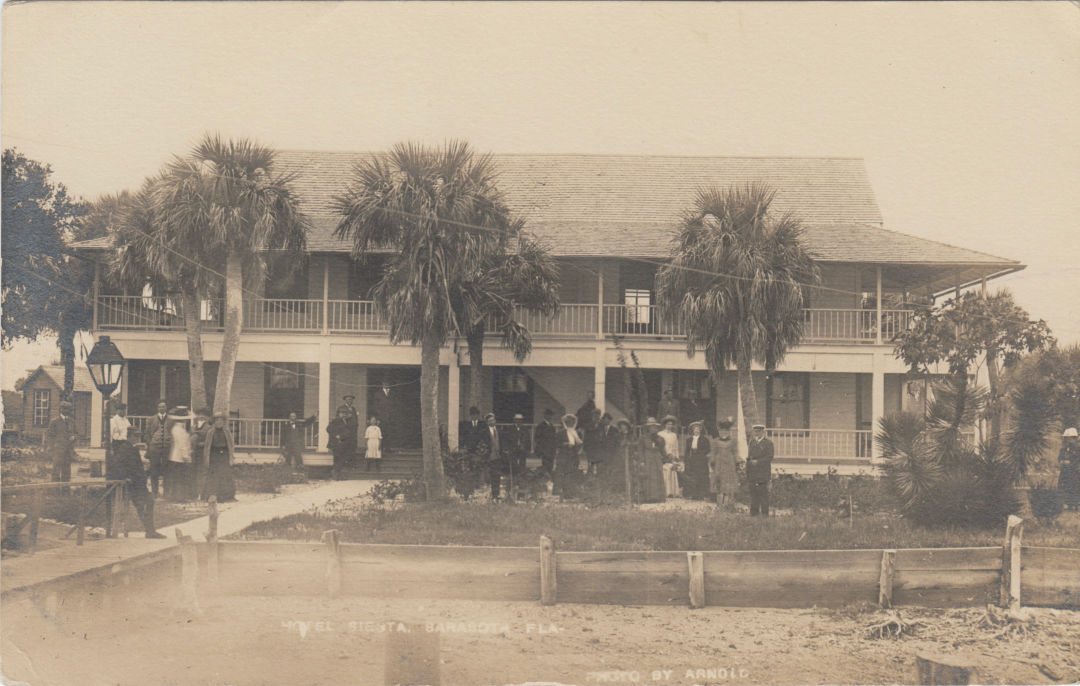
Image: Courtesy Jarred Wilson
Hotel Siesta, Sarasota, undated, circa 1915
"Originally the Roberts Inn, the Hotel Siesta sat on Roberts Point and was integral in the earliest days of Siesta Key history. In this real photo postcard, likely one of a kind, unidentified hotel guests and possibly proprietors Captain Louis and Mrs. Ocean Deep Hansen Roberts.
“My stepdad used to play out there as a kid; he knew that building. It’s something that still has a real connection.”
